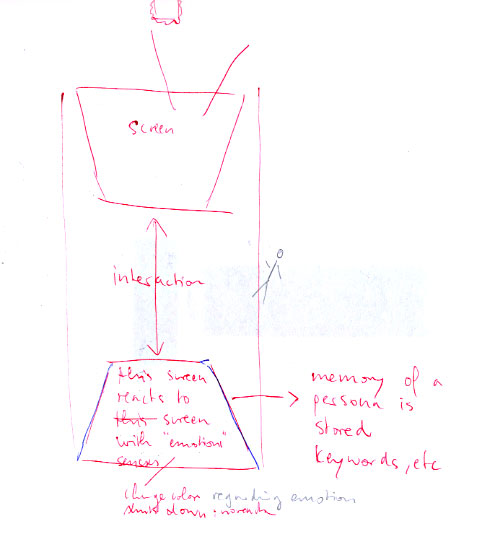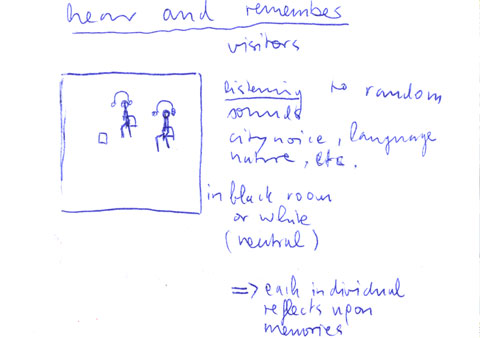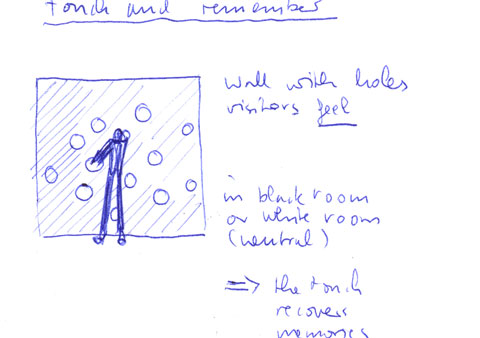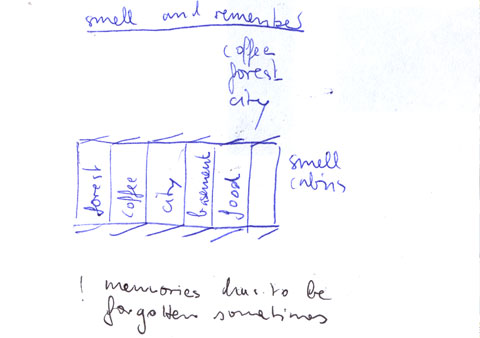Food culture and material culture followed by a structured brainstorm exercise
Rhona Richman Kennealy, with a background in English literature, Canadian history, and architecture presented her research. Her research specializations include Canadian food culture since the 1950s and the construction of personal and national identity; travel theory, landscape, and material culture; and Canadian-Irish identity, commemoration and affiliation. I liked that Rhona showed us real everyday objects and photographs of actual situations as examples to demonstrate her ideas. She introduced North-American food culture showing a box of 'Lucky Charms' (breakfast flakes for kids). It is a product, which seduces parents and kids with its design and promotional wording, whereas artificial ingredients are barely listed. Some of those ingredients are even banned for use in European countries. Rhona works with other researchers in the fields of history, social sciences, and other. I find it interesting that she surprises people in these fields by using images to support her ideas and research on conferences. Those people are apparently more theoric and are sometimes offended to see images instead of text material. She provokes on purpose.
Joey Berzowska, our instructor, got back to brainstorming techniques in the second part of the class. According to creativeadvantage there are hundreds of techniques for generating ideas and variations of these. They mention four innovation styles to generate ideas: visioning, exploring, experimenting and modifying, which are used in a couple of Ideation Techniques. Another type of finding ideas are one of Ideo's Ideation tools, the Ideo Method Cards, which show 51 methods of the methods Ideo uses to generate design ideas. These cards are directed to categories like learn, look, ask, and try. They use tastes, colours. Joey mentions also the 'storytelling, narrative' brainstorming.
We also did a structured brainstorm exercise, which consisted in the 'design of an unusual interactive object that communicates physical memory'. In the two ideation parts, that were leading to the design parts, questions helped to narrow down the idea. Starting point was to choose an object from our life, which has or had a specific meaning to us. I choose my first SLR camera. I enjoy that the class is not just about theoric readings but also about direct personal experience through theses kind of exercises- something which is hard to forget.
This is a first draft of my 'unusual interactive object that communicates physical memory':

Other hypothetical schematics of this physical memory artifact:




Anne Galloway, a sociologist and anthropologist, teaching at the Carleton University of Ottawa, assisted the class and was a good addition to the student presentations, as her research involves human behaviour with interactive mediums.
- Tags